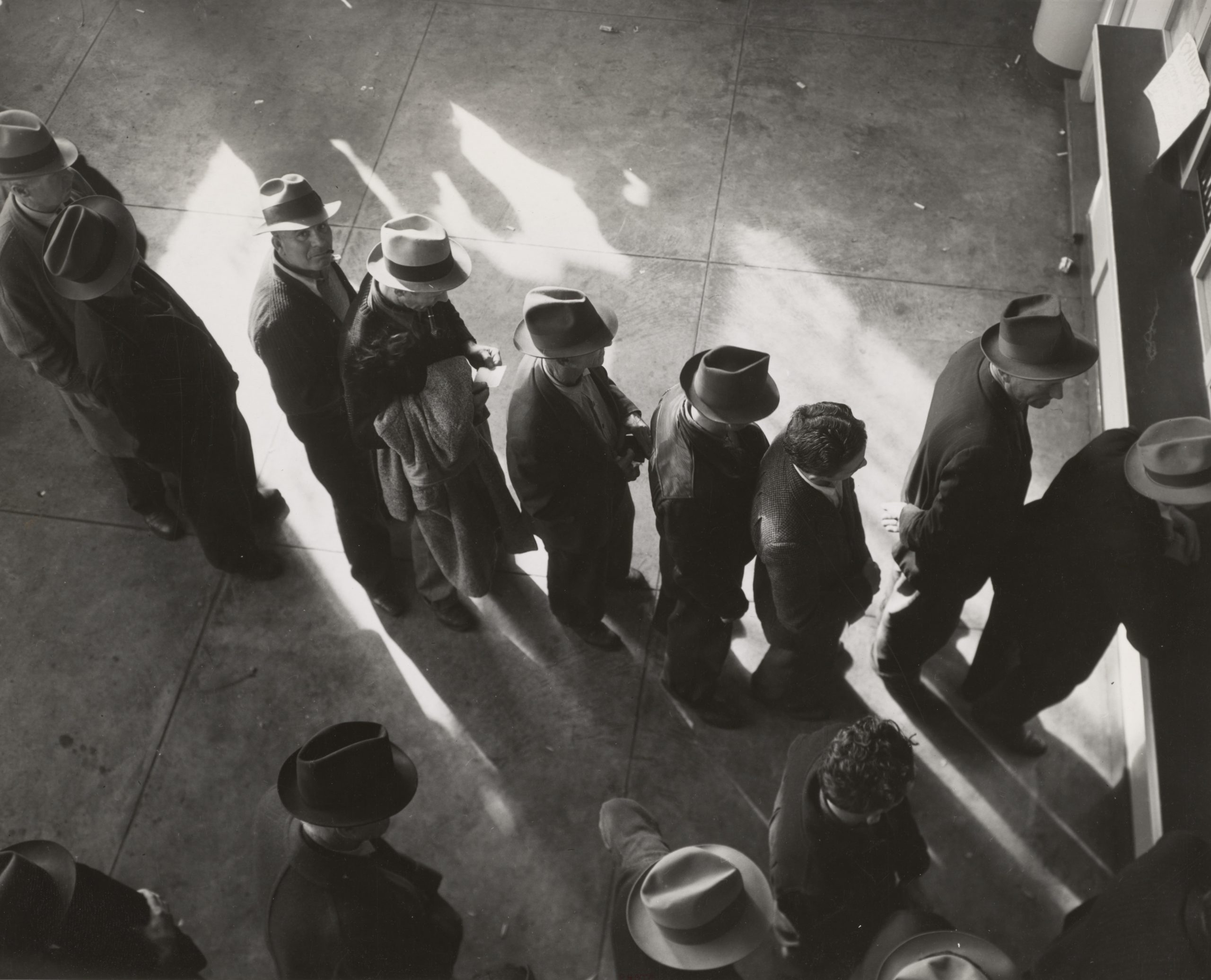

RECOMMENDED READING
While the unemployment rate had fallen to 6.9 percent in October, the employment-population ratio was 3.7 percentage points lower than in February. 6.7 million workers were no longer looking for work and 3.6 million workers were unemployed for 27 weeks or more.
Congress is considering a stimulus and recovery package, that hopefully should include support for unemployment insurance. But while it is critical for Congress to do so, it masks a more serious problem: because the unemployment insurance (UI) system is structured as a state-federal partnership, most states compete for business by limiting unemployment insurance (UI) payments. And workers pay the price.
It’s time for Congress to fix this.
While federal law mandates that states have an unemployment insurance (UI) system, it does not prevent them from having only a minimal system. As competitive pressures for states to have a “good business climate” have increased, many states have cut benefits and restricted eligibility. One study found that without such state competition, total UI tax rates (and by extension, benefits) would be as much as 58 percent higher.
This is why in many states UI benefits are minimal. The maximum weekly benefit in Arizona is just 19 percent of the state’s median income. It’s just 28 percent in Alabama, 30 percent in Wisconsin and 33 percent in North Carolina. Compare that to about half of median wage in Massachusetts and Washington.
Let’s not forget that in 1986 Congress decided to tax unemployment benefits. So exactly how is someone supposed to survive on 30 percent of their annual income for more than a month or so, particularly when 56 percent of Americans have less than $5,000 in savings?
Absent federal intervention, many states will continue to limit UI benefits below equitable and reasonable levels. It’s time for Congress to fix this by setting a national floor to reduce this race to the bottom and increasing the federal UI taxes rate. Under the Federal Unemployment Tax Act (FUTA), employers are required to pay a 6 percent tax on the first $7,000 of payroll paid annually to each employee. The employer receives an offset credit on 5.4 percent of the tax, making their effective tax rate 0.6 percent. These funds go to pay for program administration and the payment of extended benefits in economic crises like we are seeing today. States add their own taxes on top of this.
Raising the FUTA tax by at least 1 percentage point on the first $10,000 of income would raise many states’ minimum tax rates, thereby reducing the competitive pressure to keep their benefits and eligibility low. Because the floor is below the rate most states now set, states with higher payments would likely use the revenue remitted back to them to offset reductions in their state rates by a corresponding amount. Employers in approximately 40 percent of states now paying less than 1.2 percent in state UI taxes would see their (state and federal) tax rates rise. But these states could use the increased revenues for job training; job search assistance; more generous benefits, particularly for low-wage earners (including dependent benefits and benefits for workers in training); and/or broader eligibility (e.g., allowing part-time workers to qualify, instituting alternative base periods, etc.).
Better balancing the state vs. federal role in the unemployment insurance system would help workers who lose their jobs through no fault of their own; it would reduce the overall race-to-the-bottom aspects of state business competition; and at the margin would encourage more investment in skills and technology.
Recommended Reading
Should Congress Extend the $600 Federal Unemployment Benefit?
In March as Ohio began to shut down, Emily—a thirtysomething mom who asked that I not use her real name—worried about her family, her neighbors, and especially the elderly. She posted on her town’s Facebook page offering to grocery shop for those unable to go to the store, or to share a meal with anyone who might be hungry, saying that she’d feed them whatever she could out of her own kitchen.
Unemployment and the Labors of Love
As I was reading sociologist Sarah Damaske’s new book, The Tolls of Uncertainty: How Privilege and the Guilt Gap Shape Unemployment in America, I was struck by a realization: though I’ve spent a good deal of the past 11 years interviewing working-class young adults in Ohio, I have met relatively few who have received unemployment insurance (UI).
A Labor Shortage Is a Great Problem to Have
Today’s jobs report from the Bureau of Labor Statistics shows the unemployment rate continuing to hold close to its lowest level in 70 years, despite a slight uptick last month. This might seem Read more…












